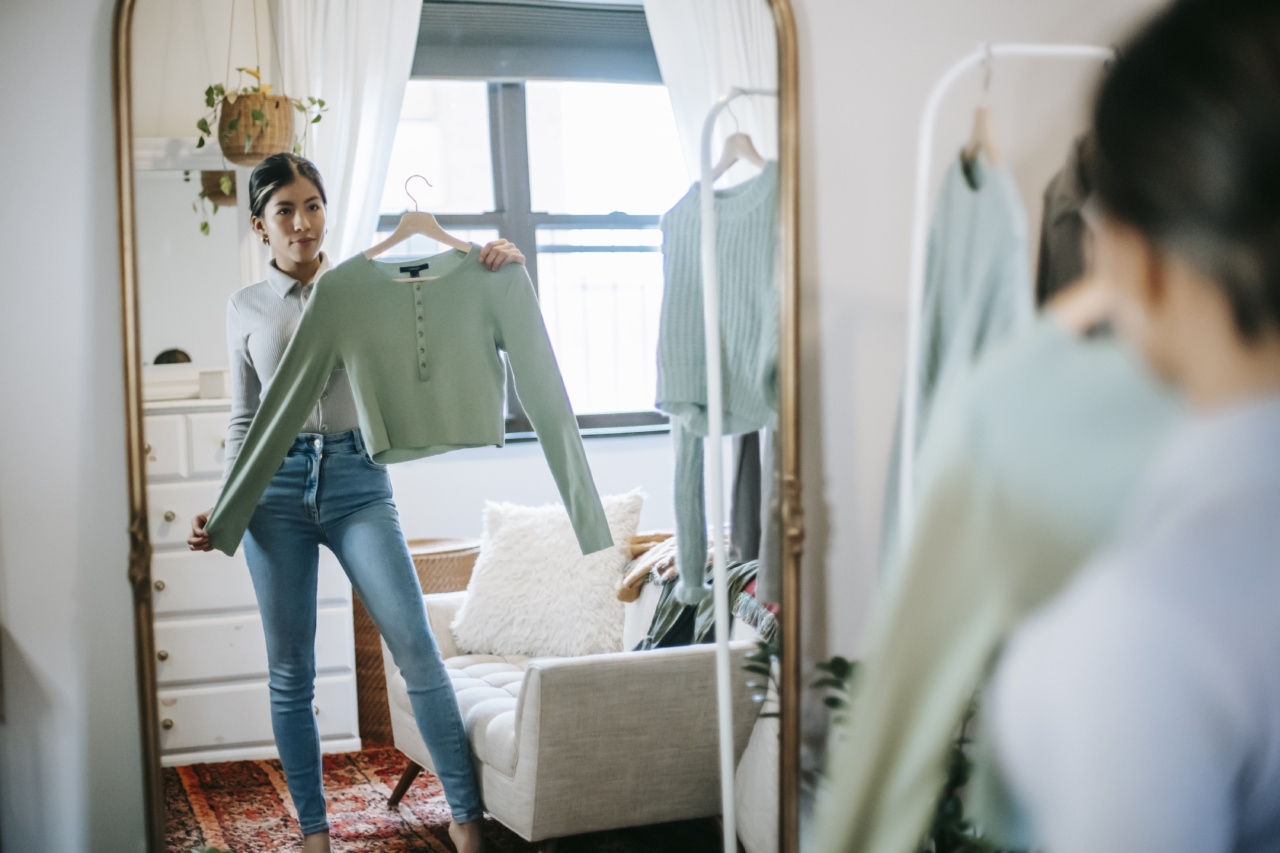For many years, skinny jeans have dominated the fashion scene, becoming a staple in everyone’s wardrobe.
These form-fitting pants were once seen as the epitome of cool, but as time goes on, the consequences of this fashion trend are becoming more apparent. The skinny jean dilemma has arrived, and it’s clear that when it comes to fashion, things can sometimes go terribly wrong.
The Health Hazards of Skinny Jeans
While skinny jeans may make you look sleek and stylish, they can also pose serious health risks. One of the most common issues associated with skinny jeans is restricted blood flow.
The tight fit of these jeans can compress nerves and blood vessels, leading to numbness, tingling, and even muscle damage. In severe cases, wearing skinny jeans for prolonged periods of time can result in nerve and muscle compression syndromes, such as meralgia paresthetica or compartment syndrome.
Not only can skinny jeans affect your nerves and blood vessels, but they can also have negative effects on your digestion.
The tight waistbands and constricting fabric can put pressure on your abdomen, leading to acid reflux, bloating, and even more serious conditions like gastritis or hernias.
The Psychological Impact
While the physical health hazards of skinny jeans are concerning, the psychological effects are equally troubling. The pressure to conform to societal beauty standards can be overwhelming, and the obsession with skinny jeans only exacerbates this issue.
Many individuals feel the need to fit into these tight pants, leading to body dissatisfaction, low self-esteem, and the development of disordered eating habits.
Social Inclusivity and Body Acceptance
One of the biggest problems with the skinny jean trend is its lack of inclusivity. These pants are notorious for being unforgiving and unflattering on certain body types, particularly those with more curves or larger sizes.
The fashion industry’s obsession with skinny jeans perpetuates unrealistic beauty standards and excludes a significant portion of the population from participating in this trend.
Furthermore, the pressure to fit into skinny jeans can lead to harmful body comparison and body shaming.
Many individuals compare themselves to the idealized figures they see in magazines and advertisements, leading to feelings of inadequacy and a negative body image.
Alternatives to Skinny Jeans
In light of the health hazards and negative psychological impact associated with skinny jeans, it’s essential to explore alternative options. One popular alternative is the wide-leg trouser.
These pants offer a more relaxed fit and are more forgiving on different body types. Wide-leg trousers not only provide comfort but also allow individuals to embrace their unique body shapes without conforming to unrealistic standards.
Another alternative is the straight leg jean. These jeans provide a looser fit throughout the leg while still maintaining a modern and fashionable look.
Straight leg jeans offer the perfect balance between comfort and style, making them a great option for those who want to steer clear of the tight and constraining nature of skinny jeans.
Balance and Body Positivity
Ultimately, the solution to the skinny jean dilemma lies in finding a balance between fashion trends and personal well-being.
The fashion industry must prioritize inclusivity and promote body acceptance by showcasing a variety of body types in their campaigns and collections. It’s time for society to embrace all bodies and celebrate diversity rather than enforcing a one-size-fits-all mentality.
The pressure to conform to certain fashion trends can be overwhelming, and it’s important to remember that personal comfort and happiness should always take precedence.
Fashion should empower individuals, making them feel confident and comfortable in their own skin.
The Future of Fashion
As fashion evolves, it’s crucial for the industry to prioritize the well-being of its consumers. The skinny jean dilemma serves as a reminder that fashion shouldn’t come at the expense of our physical and mental health.
By promoting inclusivity, body positivity, and a wider range of fashion options, we can create a future where fashion is truly accessible and empowering for everyone.





























